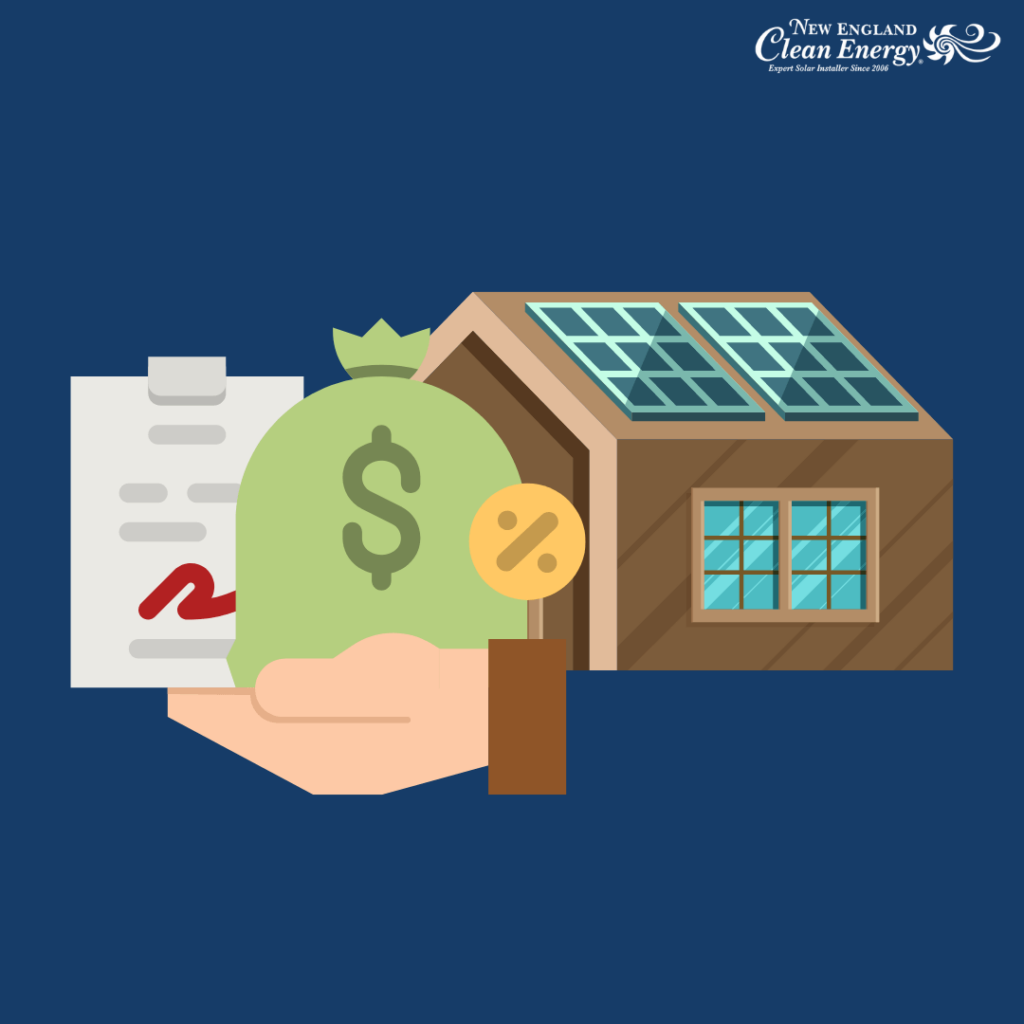Solar loans interest rates, much like mortgage rates, are subject to macroeconomic forces that cause them to fluctuate. These rates dropped significantly during the pandemic, but have been steadily increasing since mid-2022. While there is little control over macroeconomics, there are steps that can be taken to secure a lower interest rate, with the key being to act quickly. According to a Bloomberg article titled, “High Interest Rates Make It Harder to Unleash Clean Energy Finance” experts predict that interest rates will continue to rise in 2023, making it imperative to apply for a loan and lock in an interest rate as soon as possible.
High interest rates can make some people hesitate to invest in solar energy. However, there are still compelling reasons to do so even when rates are high:
Long-term Savings
Solar panels are a smart, long-term investment. They can save you thousands of dollars on energy bills over time, making the cost of financing the purchase with solar loans worth it even with high interest rates.
Tax Incentives
Federal tax credits are available for homeowners who install solar panels, which can help offset the cost of financing.
Increased Home Value
Installing solar panels can boost the value of your home, making it more appealing to potential buyers and allowing you to recoup the investment.
According to Forbes Advisor, solar loans typically have interest rates ranging from 4% to 17%, with personal loans sometimes reaching up to 36%. The interest rate you qualify for will depend on factors such as your credit score, the loan term length, and the size of the system being installed. Loan terms can vary from one to seven years for unsecured personal loans, while secured solar panel loans typically have terms of 10 to 20 years. It’s always best to research and compare different lenders to find the best interest rates and terms that suit your financial situation.
It’s also important to note that not all loans are equal. As some loan companies require the installer to include some loan costs in your system price. Although it sometimes makes the loan process simpler, the fees sometime vary with the interest rate. Meaning the lower the rate, the higher the fee, and vice versa. The key is which loan rate/term combination is the best for you. In most cases, the best loan usually makes going solar cheaper each month rather than continuing to pay the utility. 
If you want to assess whether a solar loan makes financial sense for you, start by calculating the actual cost of the solar panels. This can be done by subtracting any available rebates and tax credits from the total cost of the system. Then determine the amount of money you’ll save on electricity costs each year by switching to solar. This will depend on factors such as the size of the system, your location, and your energy usage.
Finally, you can calculate how long it will take to pay off the solar panels by dividing the actual cost of the system by your annual savings. This will give you an idea of how long it will take to recoup your investment and start seeing a return on your solar energy system.
But we will say, it’s not always that simple. This could be a way to look at it if you’re paying with cash, but the interest charge isn’t factored in here. You should definitely take a look at your loan payments and decide if they’re lower than your electricity bill to decide if a loan is right for you.
Ultimately, investing in solar energy is a wise choice, even when interest rates are high. If you’re unsure about what kind of solar loans you qualify for or you’re just confused on how to calculate your savings, reach out to us for a free consultation on our website. We’re here to help you take advantage of the benefits of solar energy.





